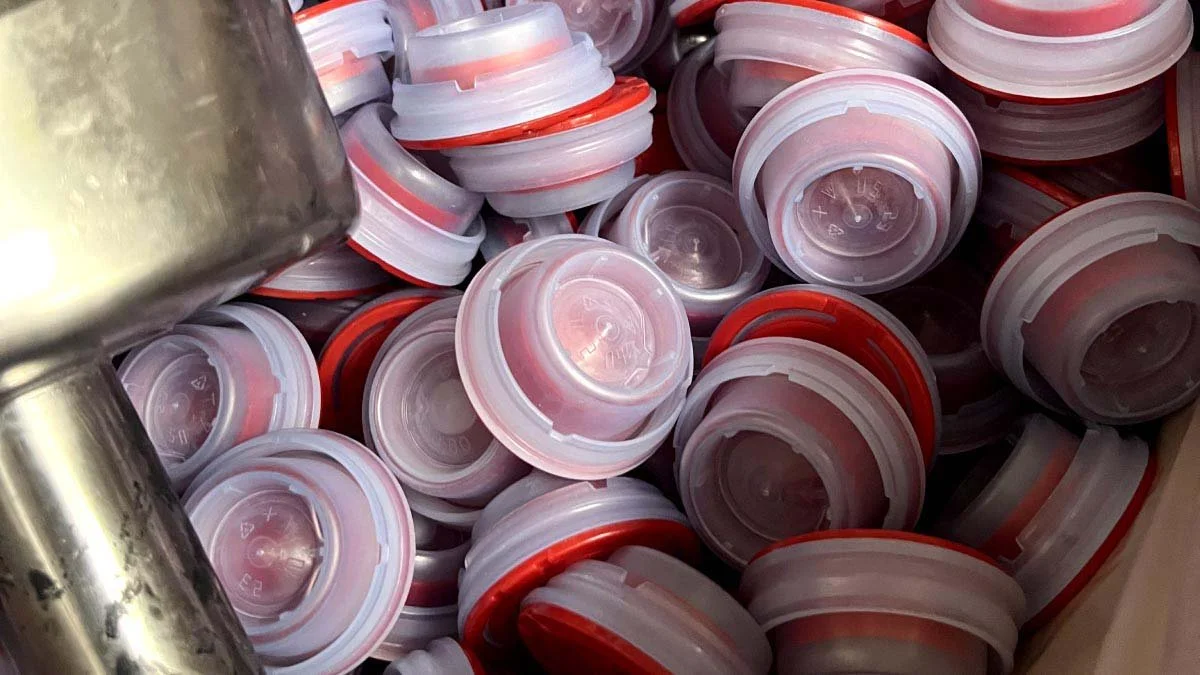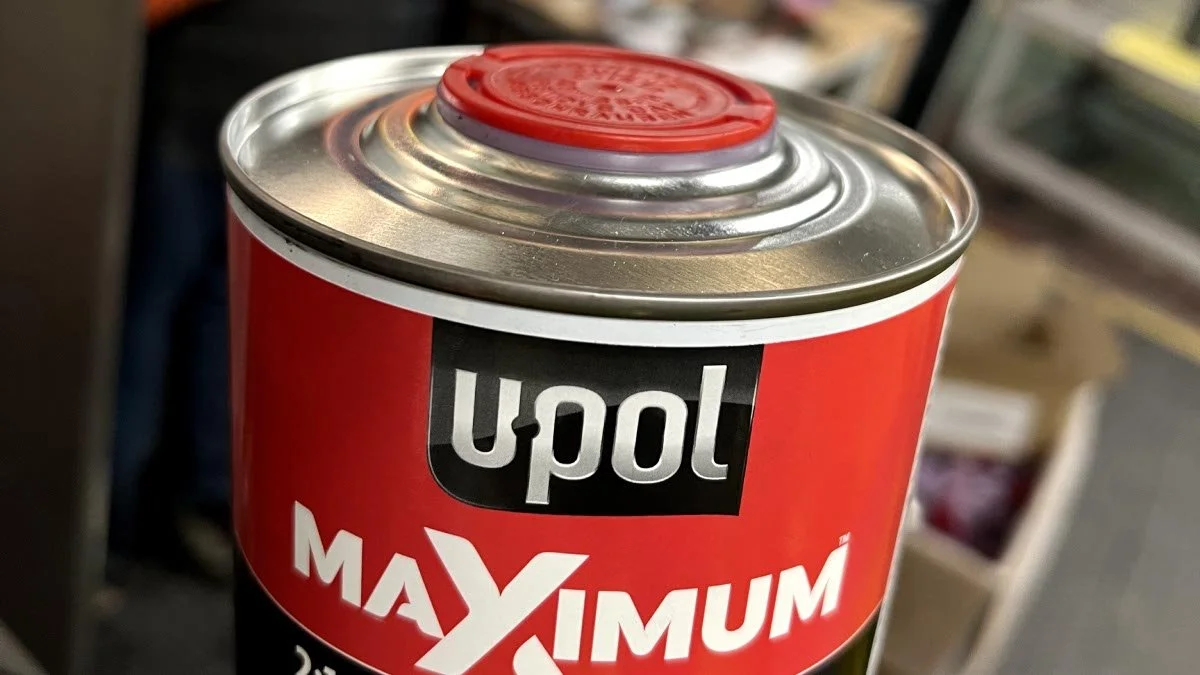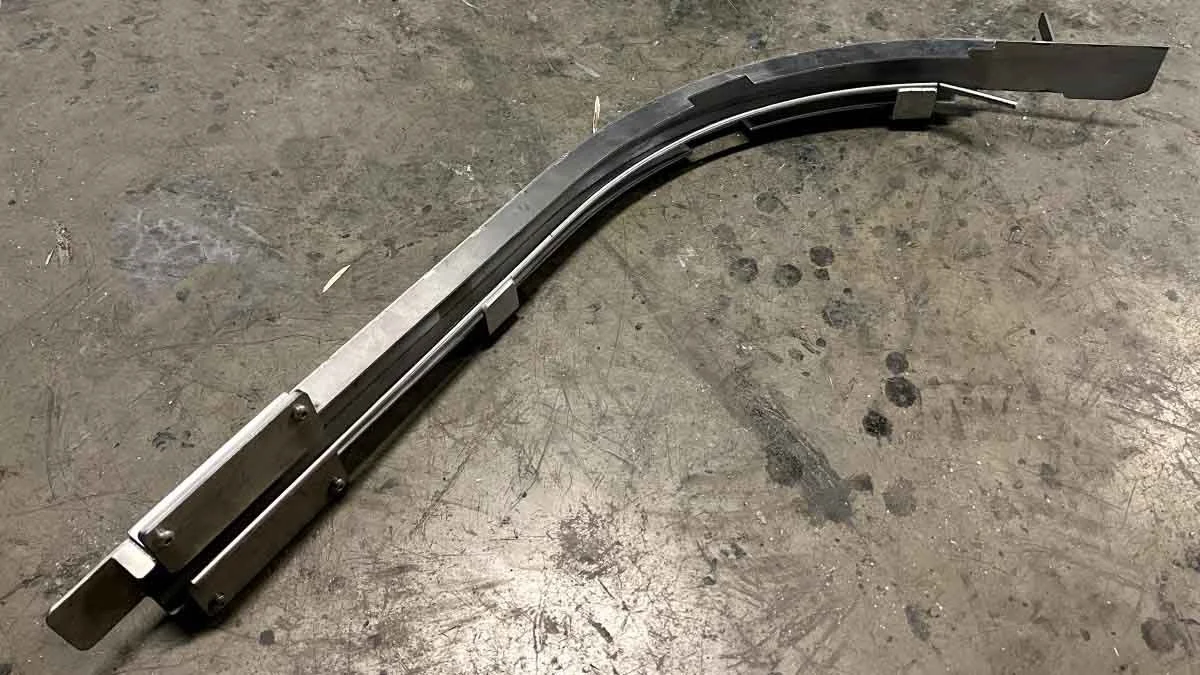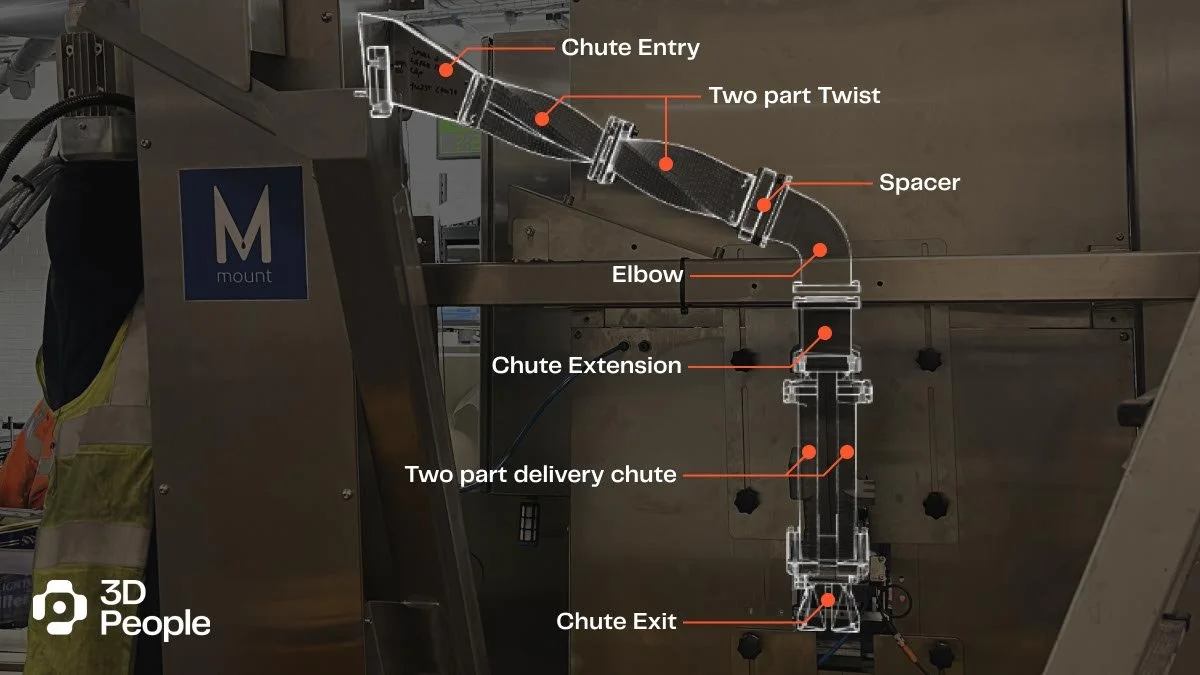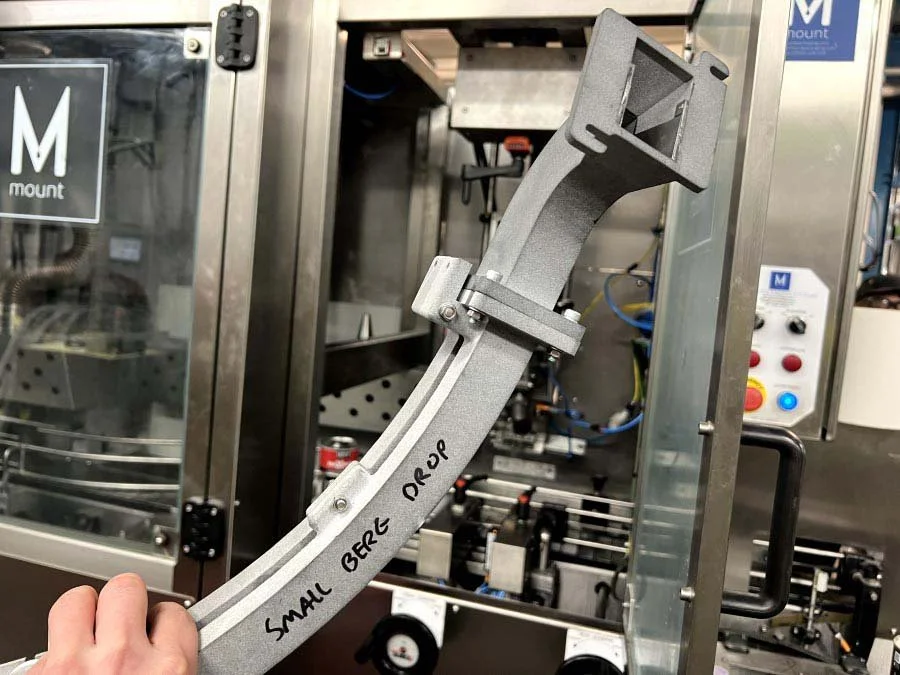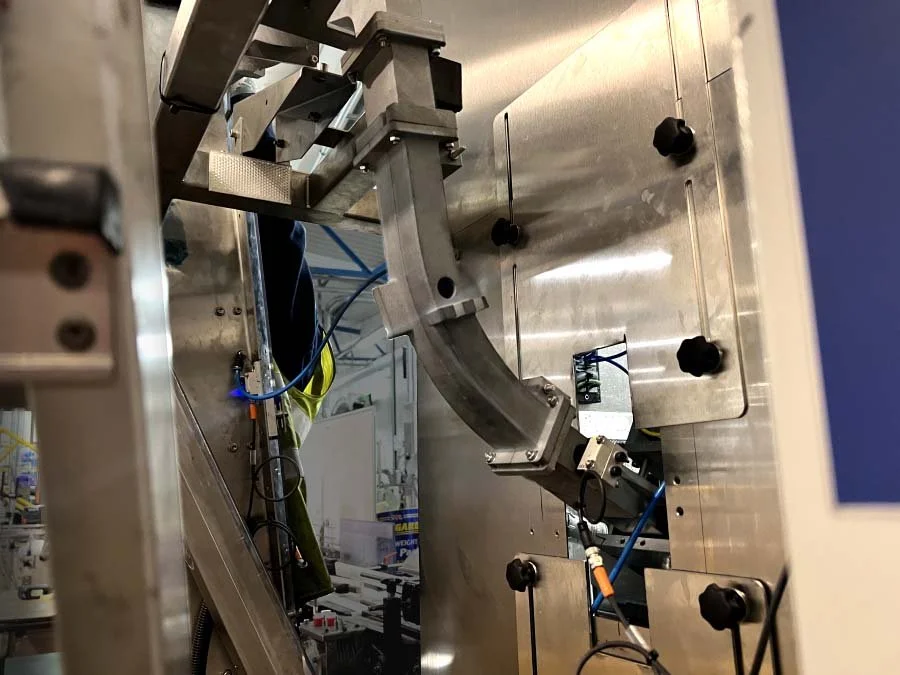Mount Packaging uses Additive Manufacturing for bespoke packaging machinery integration
Join us as we delve into the innovative solution that Mount Packaging, a company specialising in custom-built packaging solutions, provided for one of its valued clients, U-POL - a world leader in automotive refinishing. In this case study, we showcase how Mount Packaging leveraged additive manufacturing to produce bespoke components that were seamlessly integrated into their automated packaging line. The result was a significant improvement in the packaging process for U-POL's clearcoat product.
Challenge
Maximum Clearcoat is a liquid product manufactured in high-volume in U-POL's UK factory. The clearcoat is precisely measured and filled into small, branded metal containers that move through the factory along a conveyor belt. The containers then proceed to the sealing station, where an automated machine fits polymer caps onto the containers, sealing them shut. This final step in the packaging process is crucial for ensuring the efficiency and profitability of the operation, as any disruptions can have a significant impact on the production.
The Polymer caps for sealing the metal containers
A sealed container of U-POL’s Maximum Clearcoat
The team at Mount Packaging and U-POL faced a challenge to develop a solution that could efficiently transport the polymer caps from a large hopper to the closing tool, ensuring that the caps were oriented in the correct direction and fed quickly through to the container sealing process. Additionally, the machinery had to be able to accommodate a range of container sizes, each requiring a different cap size. The cap transporter chute needed to be seamlessly swapped for an alternative size without disturbing any of the sensors or affecting production.
Mount Packaging’s problematic metal fabricated transporter chute
Mount Packaging’s closing tool automates the sealing process
Mount Packaging previously fabricated a transporter chute for their polymer caps using steel sheet and wire, but this solution proved unreliable and time-consuming to produce. Mount Packaging Service Engineer Alister Haley stated,
"at first, we fabricated the transporter using steel wire which took hours to make and then didn’t work, which as you can imagine, was very frustrating."
The metal chutes were prone to bending when being swapped, causing unplanned downtime and costly repairs. The company decided to explore alternative solutions to improve efficiency, reliability and reduce costs in the design and manufacturing process.
Solution
After an in-depth analysis of the problem, the team decided to explore using additive manufacturing to produce the cap transporter chute. One of Mount Packaging's engineers produced multiple prototypes using their own desktop 3D printer to develop the design before approaching 3D People for their manufacturing services. Mount Packaging chose 3D People’s PA12 Nylon (MJF) material due to its robust properties, smooth surface finish and the technology's ability to repeatedly create complex geometries with high accuracy. This allowed the team to design a modular chute that included interchangeable entry and exit sections on either end. The smooth surface finish was essential in minimising the coefficient of friction and allowing the polymer caps to slide freely through the chute. Additionally, the chute includes a twist mechanism that rotates the cap into the correct position without needing mechanical intervention.
Mount Packaging’s cap transporter chute is made from 8 modular components
Maintaining the dimensional stability of the chutes was one of the key issues to overcome as the previous metal chutes were prone to damage during manual swapping between runs of different cap sizes. The PA12 Nylon (MJF) material used for the 3D printed chutes was found to be robust and durable enough to withstand being manhandled in the factory environment. The team was able to design the chutes with precision and control, ensuring that the final product met the required tolerances and specifications.
Mount Packaging’s transporter chute manufactured by 3D People in PA12 Nylon (MJF) material
The entry and exit sections of the chutes include fixtures for locating the sensors required for monitoring the operation of the packaging system. This modular design of these sections enabled the team to easily update and improve individual sections of the chute without requiring the entire assembly to be replaced. The 3D printing process also allowed for quick and easy iterations of each section. Features such as the complex curvature shape were easy to replicate, which was a significant advantage when compared to the previous fabrication method where it was impossible to repeatedly replicate the exact same curvature.
A section of the transporter chute ready for installation
The delivery chute section installed in U-POL’s factory
Job Information
| Packaging Integration Chute | Low Volume Manufacturing |
|---|---|
| Technology | Multi Jet Fusion (MJF) |
| Material | PA12 Nylon (MJF) |
| Finish | As printed - Natural Grey |
| Quantity | 1 set (8 parts) |
| Lead Time | 5 to 7 working days |
What are the benefits of using additive manufacturing?
Additive manufacturing was used to produce bespoke components for a custom-built packaging solution that improved efficiency, reliability, and reduced costs in the design and manufacturing process
The fast production speed enabled new iterations of the design to be produced quickly
The dimensional stability and durability of the PA12 Nylon (MJF) material meant the chutes were able to withstand manual swapping between runs of different cap sizes
The ability to manufacture directly from a CAD model made it easier to create the modular and interchangeable entry and exit sections
The digital controlled process and high accuracy of MJF technology allowed for the complex geometries to be reproduced repeatedly
The use of PA12 Nylon (MJF) material resulted in a robust and smooth surface finish
Mount Packaging’s transporter chute design, manufactured in PA12 Nylon (MJF) by 3D People
Conclusion
Mount Packaging found that the Multijet Fusion 3D printing technology was the key to producing a reliable and effective cap transporter chute. The team was able to design a modular, precise and robust chute that met all the required specifications, and improved the reliability and effectiveness of the packaging process. This project demonstrates the power of 3D printing technology in solving complex engineering challenges and improving production processes.
Click here to read our materials guide to find out more about the materials we use to print at 3D People UK.
Explore our gallery to see more examples of our previous work


